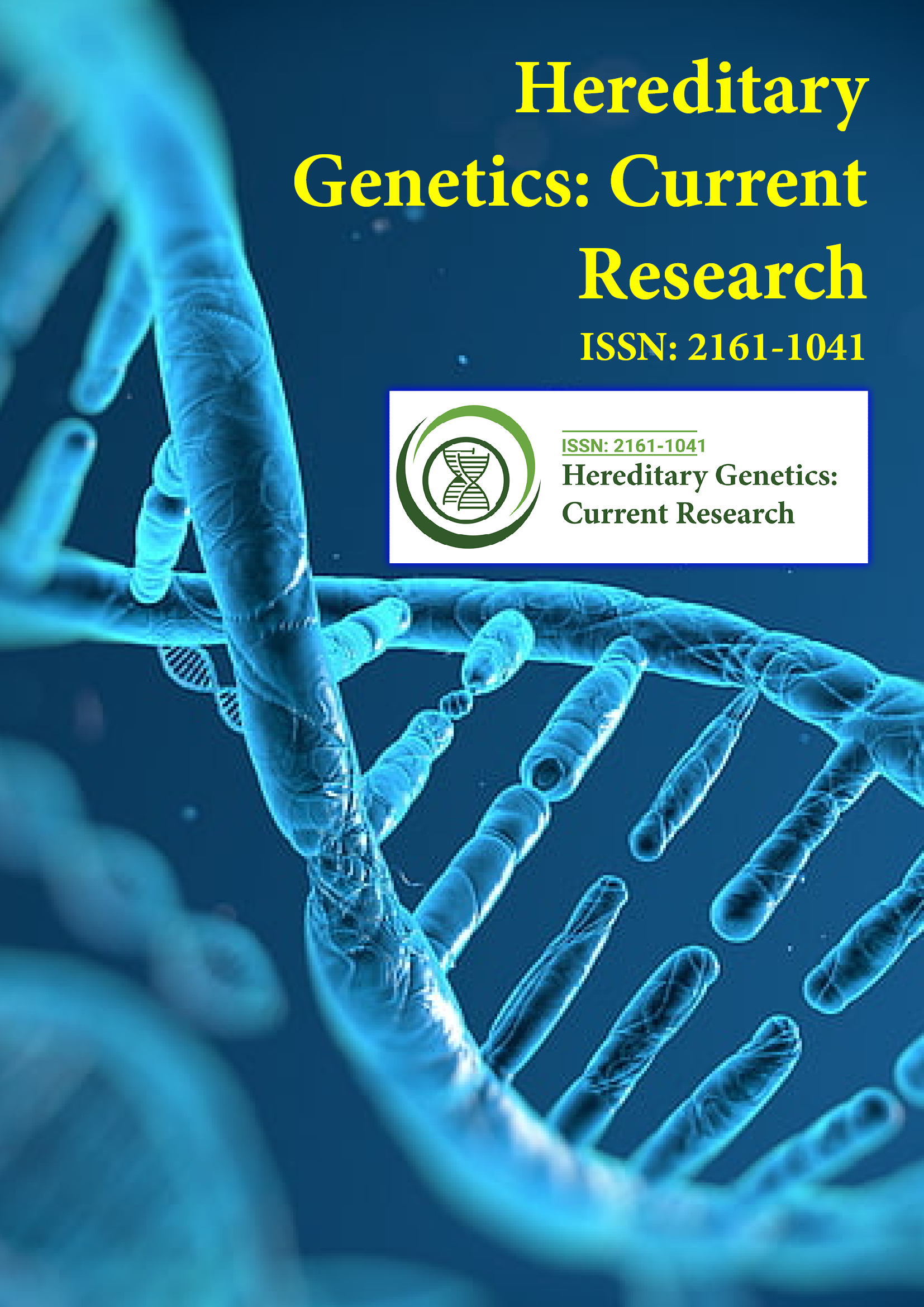Indexé dans
- Ouvrir la porte J
- Genamics JournalSeek
- CiteFactor
- RechercheRef
- Université Hamdard
- EBSCO AZ
- NSD - Centre norvégien de données de recherche
- OCLC - WorldCat
- Publions
- Fondation genevoise pour la formation et la recherche médicales
- Pub européen
- Google Scholar
Liens utiles
Partager cette page
Dépliant de journal

Revues en libre accès
- Agriculture et aquaculture
- Alimentation et nutrition
- Biochimie
- Bioinformatique et biologie des systèmes
- Business & Management
- Chimie
- Génétique et biologie moléculaire
- Immunologie & Microbiologie
- Ingénierie
- La science des matériaux
- Neurosciences & Psychologie
- Science générale
- Sciences cliniques
- Sciences environnementales
- Sciences médicales
- Sciences pharmaceutiques
- Sciences vétérinaires
- Soins infirmiers et soins de santé
Abstrait
Épidémiologie de la télangiectasie hémorragique héréditaire (THH) en Espagne
Roberto Zarrabeitia Puente, Jesús Bueno, Matilde Salcedo, José María Cuesta, Sarah Marqués, Cristina Menéndez, Ana Bustamante, José Luis Fernández-Forcelledo, José Luis Martín Gurpegui, Angel De La Mora, Sara Rodriguez Prado, Luisa María Botella, Carmen Fariñas- Álvarez et José Antonio Pa
Objectif : Décrire les caractéristiques épidémiologiques d’une large cohorte de patients espagnols atteints de télangiectasie hémorragique héréditaire (HHT)/maladie de Rendu-Osler-Weber.
Méthodes et résultats : Entre le 1er janvier 2002 et le 31 décembre 2013, 667 patients espagnols suspectés de HHT ont été évalués dans l'unité de référence HHT de l'hôpital Sierrallana et 449 ont été diagnostiqués par des critères cliniques de Curaçao et/ou un test génétique. La sensibilité diagnostique des critères cliniques de Curaçao dans la population étudiée était de 94,59 %. La prévalence était de 1:5 936 personnes et le taux de létalité de 0,16 %. Le HHT de type 2 était le plus répandu et au total 147 mutations différentes ont été identifiées. L'épistaxis était le symptôme le plus répandu (96,88 % des cas) tandis que 95,18 % des patients présentaient des télangiectasies typiques. Une atteinte pulmonaire était présente chez 28,25 % des patients (par tomodensitométrie) principalement chez les femmes et les cas HHT1 tandis que l'infection hépatique était plus fréquente dans les cas HHT2. Une atteinte cérébrale a été révélée dans 28,35 % des cas. Les télangiectasies de la muqueuse conjonctivale étaient très fréquentes, principalement chez les patients âgés HHT1.
Conclusion : Il s’agit de la première série représentative de données épidémiologiques sur une population non évaluée auparavant, montrant des résultats sur la prévalence, la distribution génétique et l’infection des organes et révélant de nouvelles observations qui peuvent aider à guider les procédures de diagnostic et de dépistage pour ces patients.